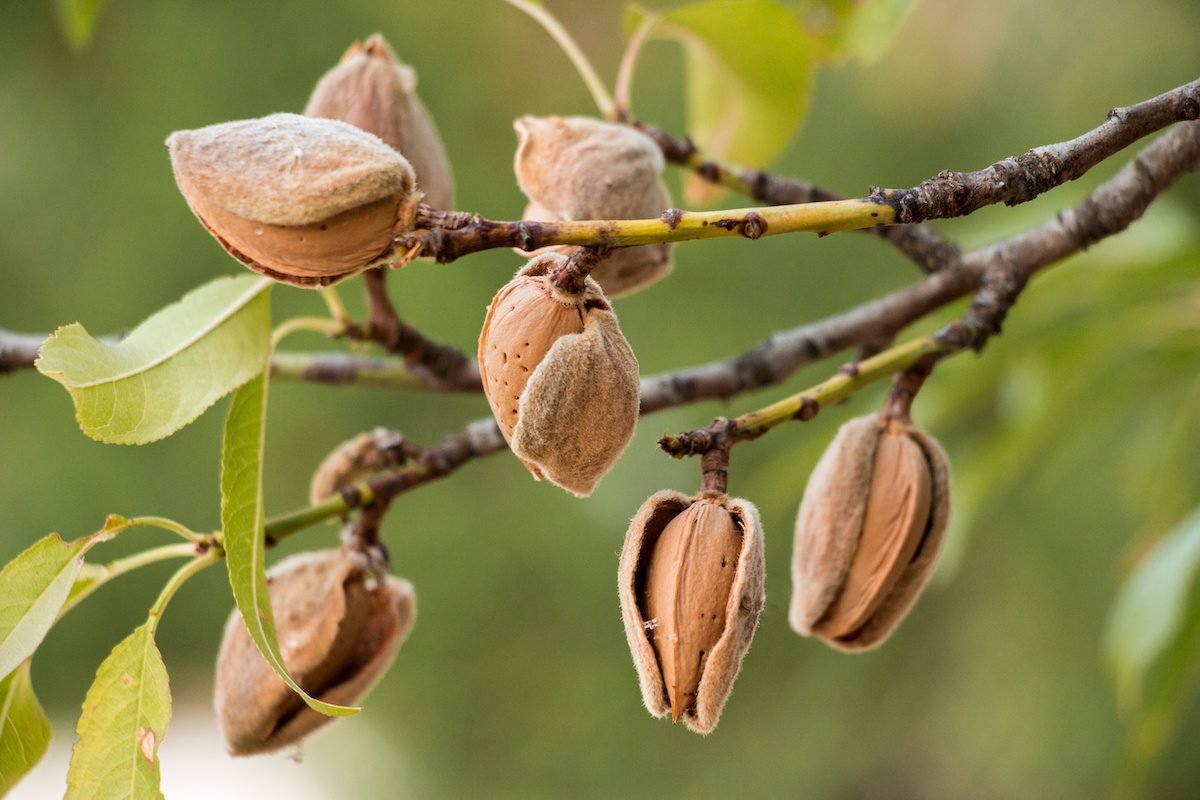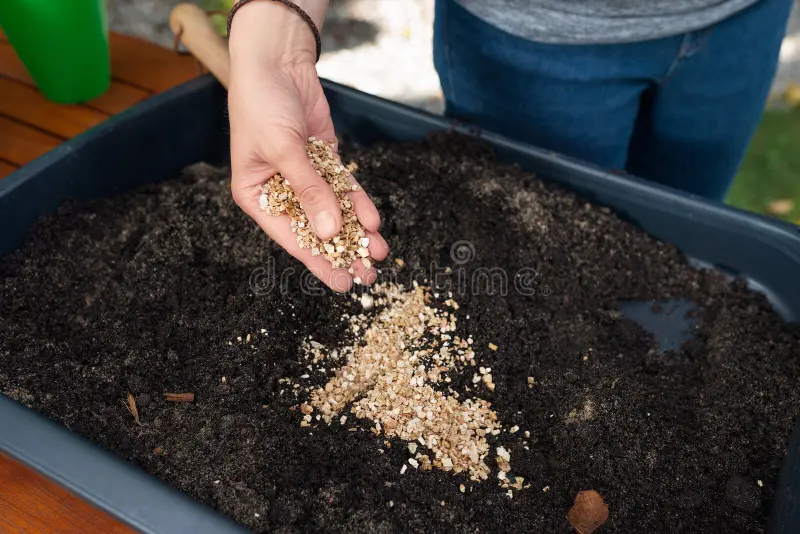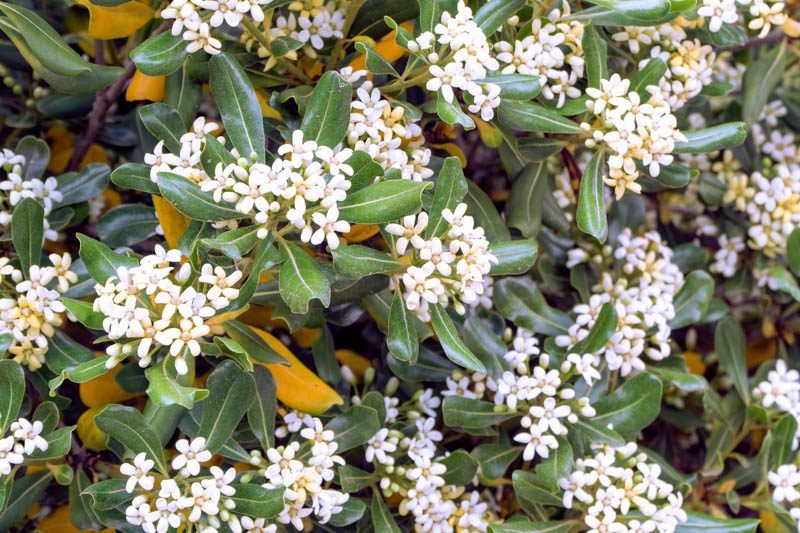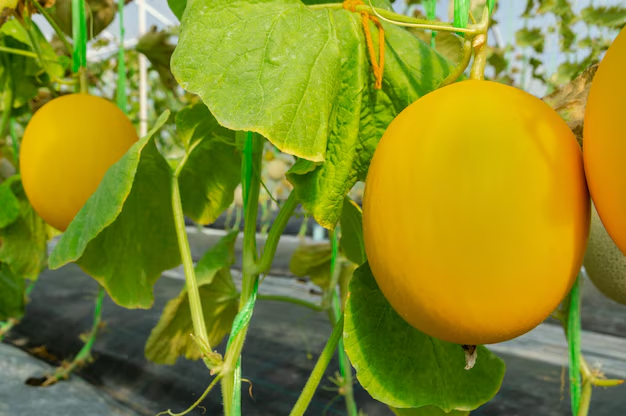If you’ve ever cracked open a handful of almonds and wondered what it would be like to grow your own tree, you’re not alone. Almonds are among the most rewarding nut trees for growing in the right climate. But before you rush to plant a sapling, let’s walk through everything you need to know about how to grow almond trees successfully.
Choose the Right Climate
Almonds thrive in Mediterranean-style weather: mild, wet winters and long, hot, dry summers. In the U.S., that usually means parts of California, Arizona, Texas, and the southern regions of USDA zones 7–9.
If your area gets late frosts in spring, be cautious — almond blossoms open early and can be damaged by sudden cold snaps.
Pro Tip: Check your local chill hours (the amount of cool winter weather your region receives). Almond varieties require a specific number of chill hours to set fruit properly.
Pick Sweet Almond Varieties
Many gardeners don’t realise that almonds come in two types — sweet and bitter.
- Sweet almonds are the edible ones we buy at the store.
- Bitter almonds contain natural cyanide compounds and are toxic when eaten raw.
Always buy sweet almond cultivars from a trusted nursery when shopping for trees.
Find the Perfect Spot
Almonds love the sun. Plant them in a location that receives at least 6-8 hours of direct sunlight daily.
- Soil: Deep, well-drained sandy loam.
- pH range: Between 6.0 and 7.5.
- Avoid: Soggy soil, since almond roots do not tolerate standing water.
Planting Almond Trees
- When to plant: Early spring or late fall, depending on your climate.
- Spacing: 15–25 feet apart for full-sized trees. Dwarf types can be planted closer.
- Pollination: Most almond varieties are not self-pollinating. You’ll need at least two compatible cultivars so bees can cross-pollinate them. No bees, no almonds!
Watering and Feeding
- Watering: Almonds are drought-tolerant once mature, but young trees need consistent deep watering to establish strong roots.
- Fertiliser: Nitrogen is especially important. Apply a balanced fertiliser in spring, and always test your soil before adding nutrients.
Pruning and Care
Shape young almond trees into an open vase style or central leader to allow sunlight into the canopy. Each winter, prune out dead or crossing branches. This improves airflow, reduces disease risk and keeps your tree healthy and productive.
Watch Out for Pests and Diseases
Almond trees can attract pests like aphids, mites, and navel orangeworm. Common diseases include leaf rust and hull rot.
Keep your tree healthy by:
- Removing fallen nuts and leaves.
- Keeping the base weed-free.
- Monitor regularly for pests.
Harvesting Almonds
Almond hulls split open by late summer or early fall, showing you they’re ready to harvest. Shake the tree gently to drop the nuts, let them dry in the sun for a few days, and then crack the shells.
Important Note: If you ever come across wild almond trees, don’t assume the nuts are safe to eat — they could be bitter almonds containing toxic cyanide compounds.
Growing Almond Trees at Home from Seed
If you want to experiment, here are the basic steps:
- Choose raw almonds – Ensure they are whole, unbroken, and untreated.
- Scarify the seed by clipping off a tiny piece of the pointed end with a nail clipper or sharp blade.
- Provide moisture and warmth – Place almonds in moist soil or peat inside a plastic bag, and keep them somewhere warm.
- Wait for germination – Sprouting can take several weeks.
- Transplant to a pot with drainage – Once seedlings emerge, move them into a container with good drainage. Almond roots are sensitive to excess water.
- Move outdoors – Once established, almond trees need full sun, well-drained soil, and space to grow.
When Will Almond Trees Produce Nuts?
This is where it gets tricky. Almond trees grown from seed often don’t grow true to type. That means the nuts you get — if any — may not taste like the ones you planted.
Commercial almond trees are almost always grafted to ensure consistent, edible crops.
- Maturity time: Almond trees take about 5 years to fully mature. Some may produce nuts as early as year 5.
- Pollination: Almonds are not self-pollinating. You’ll need two different varieties within bee range to get a crop. (Commercial farmers even rent beehives during almond bloom season!)
- Grafting: For reliable nut production, buy a grafted almond sapling from a nursery. Seed-grown trees are fun as ornamentals but unreliable as food producers.
If you are interested in gardening and want to learn more, you’ve found your home. GardenKT is the best knowledge-sharing website, and you can also contribute by sharing your knowledge here.









